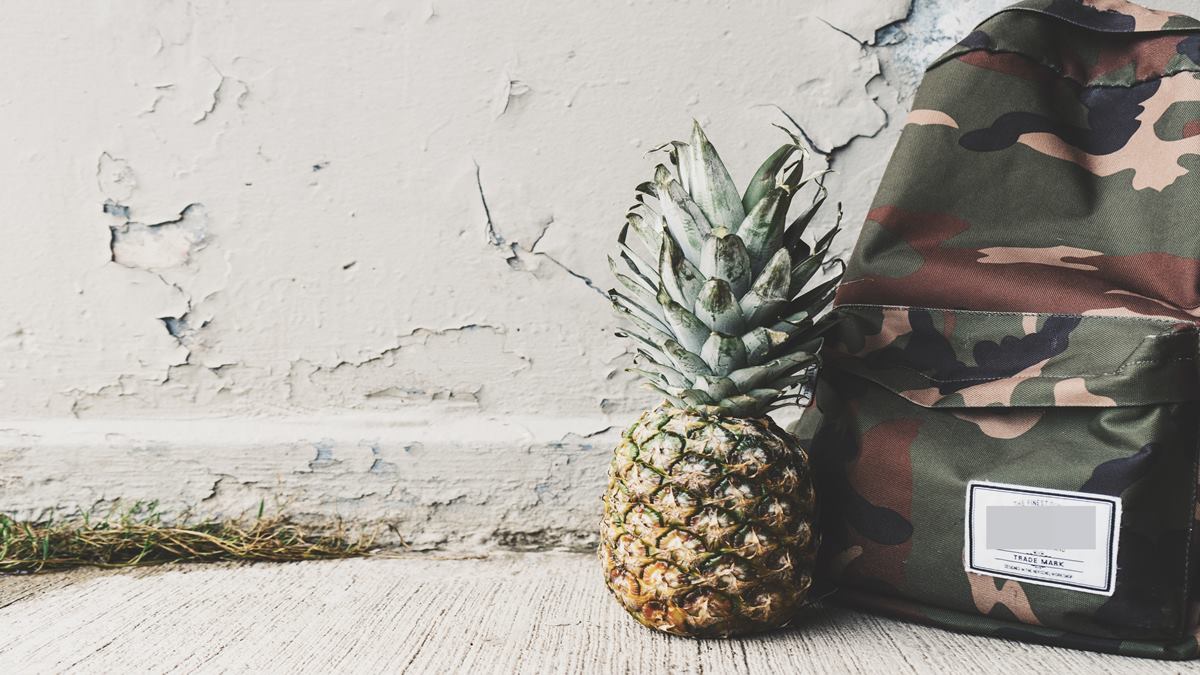By Anjana Arjun
The world around us is changing at a faster rate than we thought possible, and the world of fashion is certainly following this trend as well. Animal leather is very popular and the heinous act of hunting animals for their skin and hair is causing a rapid depletion of animal species and even the extinction of some. Not only is the leather industry responsible for this crime, but it is also responsible for polluting our planet. With our natural resources set to last only 20 years more, going by the current rate of consumption, this definitely is a cause for concern.
So, what alternatives do we have to animal leather? An interesting invention called fruit and plant leather.
Fruit leather is essentially leather made using waste from the fruit juicing industry. Fruit leathers are usually derived from existing fruit industries and fruit bits that are thrown out. Likewise, plant leather is derived from the leaves of various fruit trees and cacti. These are then upcycled into leather using innovative technology, which makes them fit for use. Fruit and plant leather is more expensive than animal leather because of the technological effort involved, however, it is much easier and more sustainable to create this leather in terms of the number of natural resources that go into it. Research and development plays a major role in finding innovative ways to use this leather and individuals and companies who value sustainability are waking up to the wonders of fruit leather and its universality of application.
With my brand Sarjaa, I aim to bring ecofriendly and sustainable forms of leather to the world of fashion. Many of my products are made using waste generated by the apple and pineapple juicing industry. Not only does this help make the best out of waste, but it also presents an excellent alternative to animal leather, which according to me is the bane of the fashion industry.
Sarjaa’s bags are easy to maintain as well, all they need is a quick wipe with a soft cotton cloth every now and then and the bags can easily last for years. It is important to keep them protected from natural elements for which a cotton dust cover or wrap would suffice.
I urge consumers to think of the lives of animals first, then of our planet and natural resources, and make their choices accordingly. By blending sustainability with style, Sarjaa’s bags are a great option for consumers who are conscious of the impact they have on the planet.
(Anjana Arjun is the founder of Sarjaa)
